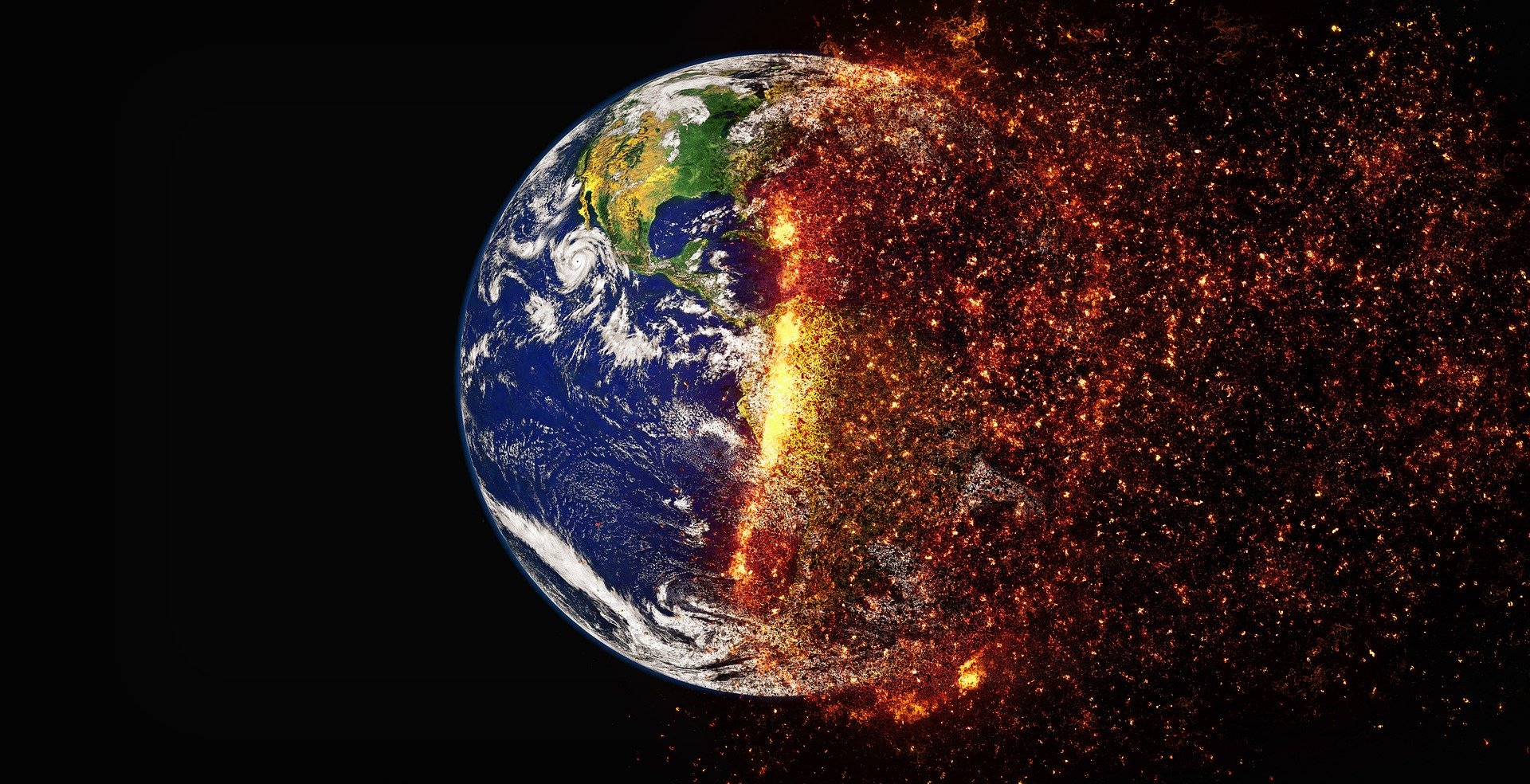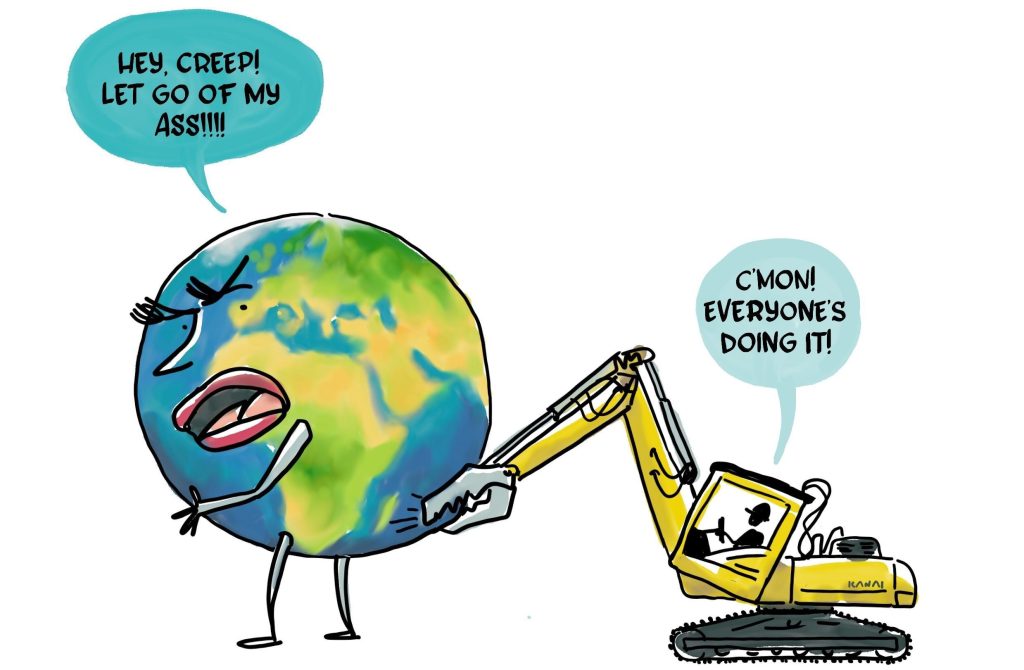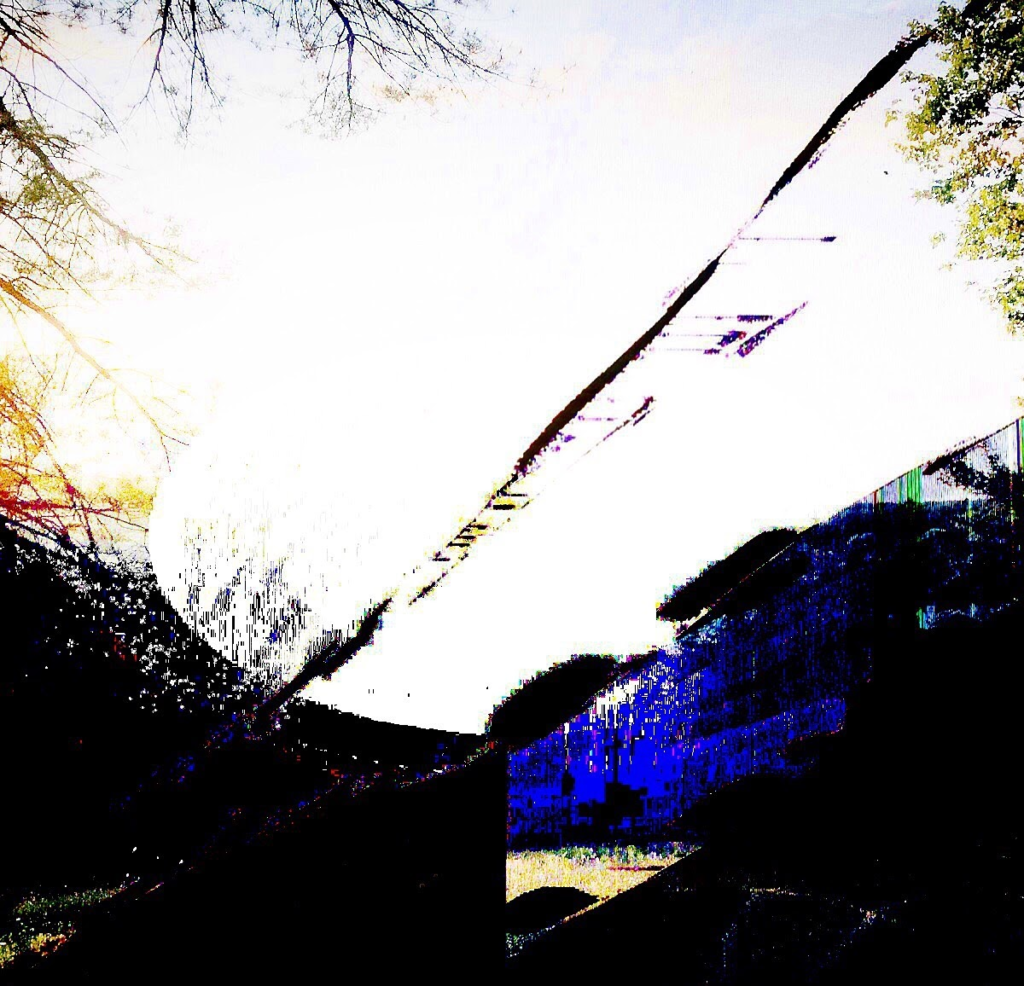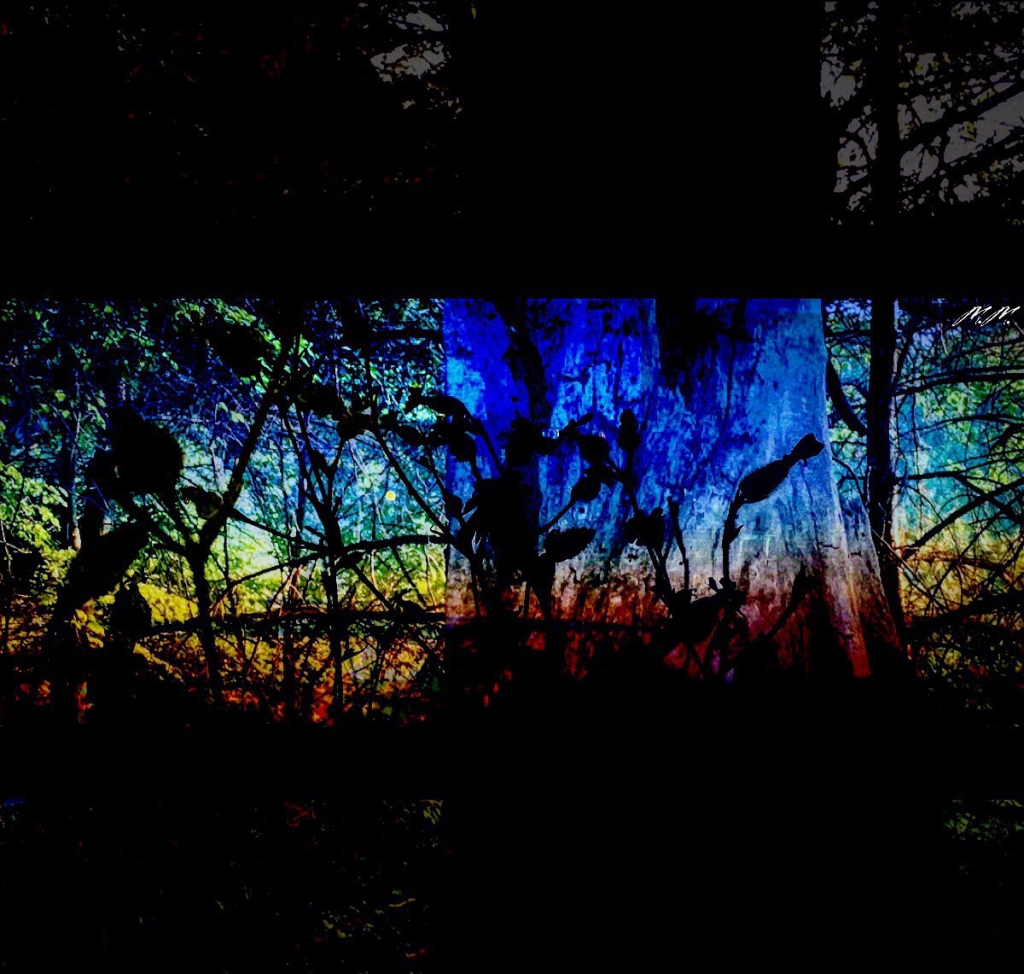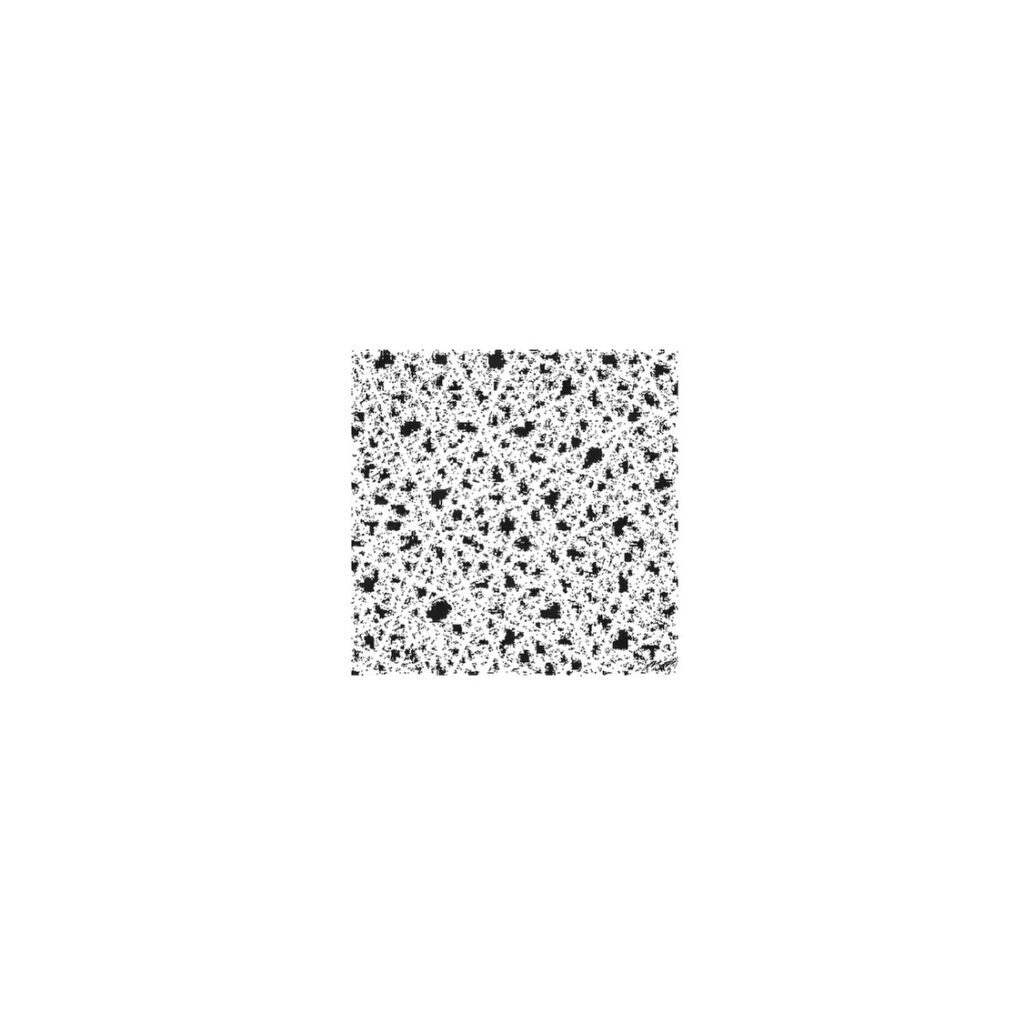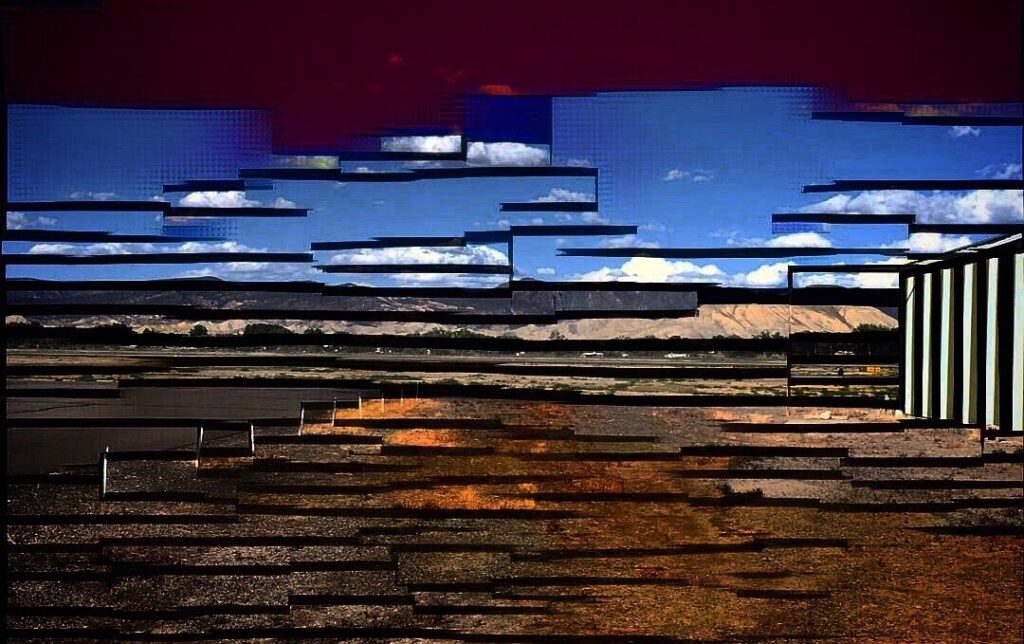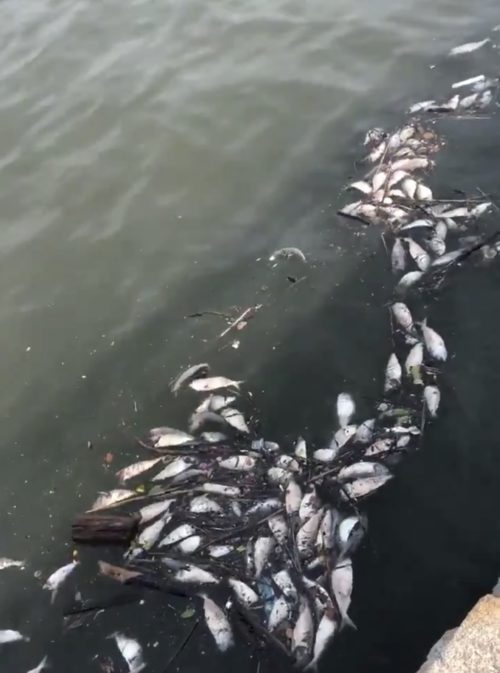
One of the most common themes this semester and the 21st century world, has been interconnectedness. Whether it’s the interconnectivity of the global climate project with local grassroots efforts, or the ways in which time is reworked through weather patterns shifting the lengths of days, for example or how the duality of two worlds – East and West – can converge through the channels of Capitalism and the effects of Climate Change, interconnectedness seems to be at the core of understanding Climate Change in the contemporary period. This sense of disparate spaces – the global, the local, yesterday (the past), today (the present), East and West – becoming increasingly interconnected lies at the heart of my analysis of Jamil Dehlavi’s 1980 Pakistani film, The Blood of Hussain.

The film is about the insurgency of farmers and villagers against the local tyrannical and shrewd army. Taking place in the Punjab region of Pakistan, the film follows two brothers – Salim, the Western educated banker who acts as a power broker for the newly established tyrannical government and Hussain, the sympathetic farmer who becomes inspired by a holy soothsayer to hold an uprising against the same government for whom his brother works. Along with the obvious themes of fratricide and the East and West dialectic, Dehlavi’s choice of the farmer as the central figure and the materialistic neoliberal as the brother invites an analysis of the film from a contemporary environmental perspective, with a refined definition of “eco-cosmopolitanism” at the crux of the analysis.
Though a debated term, I conceptualize “eco-cosmopolitanism” in Pakistani terms, as a tool that can be used to study the ways in which characters with nationalistic tendencies (Hussain and his followers) and imperialistic characteristics (Salim and the army) are exposed as such through their relationship with their local environment. With their connection to the local environment, such relationships inevitably relate to the greater, global project of Climate Change.
This conceptualization of “eco-cosmopolitanism” is grounded by Shazia Rahman’s paper on eco-cosmopolitanism in Uzma Aslam Khan’s novel Trespassing, “Karachi, Turtles, and the Materiality of Place: Pakistani Eco-cosmopolitanism in Uzma Aslam Khan’s Trespassing.” In the paper, Rahman explains that Ursula K. Heise’s idea of eco-cosmopolitanism as an “attempt to envision individuals and groups as part of a planetary ‘imagined communities’ of both humans nonhuman kinds” (Heise 61) is a “way of extending nationalism to include the planet and nonhumans” (Rahman 261). Rahman offers an alternative conception of eco-cosmopolitanism, using Khan’s novel as the site through which her definition is presented, for “Khan posits an eco-cosmopolitanism that is rooted in the local in such a way that it implicated the planet globally. This local rootedness is not nationalism but a materiality of place, and the global thinking not necessarily imperialist cosmopolitanism but rather a kind of planetarity” (262).

Similarly, in this analysis, I highlight how Jamil Dehlavi’s film showcases such a brand of “eco-cosmopolitanism” through the filmmaker’s depiction of the ways in which the unseen, marginalized class in society associates with nature through agrarianism and a conservative lifestyle and the ruling, tyrannical class relates to nature through their use of modern weaponry and advanced technology.

In addition to eco-cosmopolitanism being used to show how the local connects to the global, the story of Hussain leading a rebellion against the dominant classes while protecting his own kin is a modern rendition of Imam Hussain’s demise from the Quran (the holy soothsayer makes reference to this tale when speaking with the film’s Hussain about his destiny) and like eco-cosmopolitanism threads the line between the local and global, the film’s reference to and manifestation of an older Islamic story mitigates the distance between the past and the present, mirroring the interconnectivity of different fields of time in a Climate Change-ridden world. Here, I use anthropologist W.E.H. Stanner’s conceptualization of the temporal reality of Australian Aboriginals, “everywhen.” In Stanner’s essay from 1953, “The Dreaming,” the anthropologist writes of “The Dreaming” as conjuring “up the notion of a sacred, heroic time of the indefinitely remote past” which is, “in a sense, still part of the present” (58). For Stanner, one “cannot ‘fix’ The Dreaming in time; it was, and is, everywhen” (58). With “everywhen” defined as the ontological marker of the temporal character of Aboriginal reality, it is important then to use it to describe the temporal interconnectedness of the climax in The Blood of Hussain as the parameters of time collapse, with the past of Islam standing with the present conflict of the Hussain’s group of insurgents.
In addition to the interconnectedness of different parameters of time and the global and local, this analysis of The Blood of Hussain gives rise to studying the East/West dialectic of the film’s characters, most specifically the brothers and their respective insurgencies, with Salim representing Western imperialism and Hussain, religious nationalism. Such a tension and dialectic between Western imperialism and religious nationalism is a Pakistani motif, with Dehlavi contending with the presence of “both religious nationalism” and “imperialism” for “anti-imperialism has historically been linked with religious nationalism in the region” (Rahman 263). As mentioned, this East/West dialectic is captured in the background of Dehlavi himself, who is both French and Pakistani, raised in Pakistan but educated in both America and Britain.
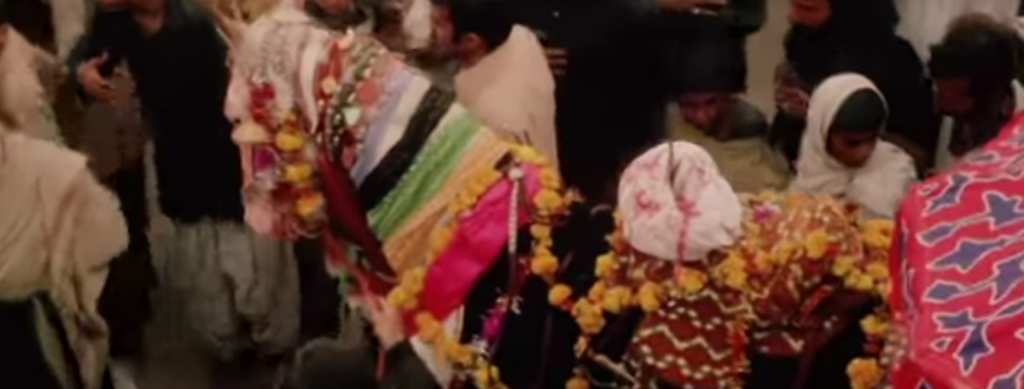
As mentioned in the opening paragraphs, interconnectedness is the most apparent theme of Jamil Dehlavi’s film. This evidenced by the characters who are connected to the environment in an eco-cosmopolitan sense to the life of the filmmaker himself, whose East/West life story can be projected and connected to the political battle at the heart of Pakistan, where Pakistani nationalism coexists with Western imperialism, mirroring the internal conflicts of Salim and Hussain to the Imam Hussain story, which the film manifests, connecting the present moment to the “sacred, heroic past.” With this, it can be observed that the film’s interconnectedness demonstrates the kind of interconnectedness central to the project of Climate Change, where the local and global converge and spatial and temporal gaps are mitigated.
Astoundingly enough, Dehlavi’s chosen artform is film and considering the film is not directly about environmentalism nor does it lay bare its environmentalism, in this essay, it is looked at as an environmentalist film, a form of allegory that can help shed light on the most important environmental project of the contemporary world.

Main Sources:
Ahmad, Ali Nobil. “Meeting Jamil Dehlavi – Pakistan’s Most Intriguing Filmmaker.” The National, The National, 9 Aug. 2018, www.thenational.ae/arts-culture/film/meeting-jamil-dehlavi-pakistan-s-most-intriguing-filmmaker-1.758505#2.
Bhutto, Fatima. “Jamil Dehlavi: ‘In Pakistan, There Is Always Something in the Offing’.” The Guardian, Guardian News and Media, 9 Aug. 2018, www.theguardian.com/film/2018/aug/09/jamil-dehlavi-pakistan-film-maker-blood-hussain-interview.
Crossette, Barbara. “Mahbub Ul Haq, 64, Analyst And Critic of Global Poverty.” The New York Times, The New York Times, 17 July 1998, www.nytimes.com/1998/07/17/world/mahbub-ul-haq-64-analyst-and-critic-of-global-poverty.html.
Dehlavi, Jamil, director. The Blood of Hussain. Dehlavi Films, 1980.
Haq, Mahbub ul. Human Development in South Asia: 1997. Oxford University Press, 1997.
Heise, Ursula K. Sense of Place and Sense of Planet: The Environmental Imagination of the Global. New York: Oxford UP, 2008. Print.
Rahman, S. “Karachi, Turtles, and the Materiality of Place: Pakistani Eco-Cosmopolitanism in Uzma Aslam Khan’s Trespassing.” Interdisciplinary Studies in Literature and Environment, vol. 18, no. 2, 2011, pp. 261–282., doi:10.1093/isle/isr040.
Ruddiman, W.F. The Anthropogenic Greenhouse Era Began Thousands of Years Ago. Climatic Change 61, 261–293 (2003). https://doi.org/10.1023/B:CLIM.0000004577.17928.fa
Sayeed, Raza Ali. “Weekly Classics: The Blood of Hussain.” DAWN.COM, DAWN, 7 Sept. 2012, www.dawn.com/news/747719/weekly-classics-the-blood-of-hussain.
Talpur, Mustafa, et al. “The World Bank in Pakistan: See No Suffering, Hear No Cries, Speak No Truth.” The Reality of Aid 2008: Aid Effectiveness: “Democratic Ownership and Human Rights”, IBON Books, 2008, pp. 86–94.
“The Blood of Hussain (Dual Format Edition).” BFI Shop, British Film Institute, 2018, shop.bfi.org.uk/the-blood-of-hussain-dual-format-edition.html.
“The Dreaming.” The Dreaming and Other Essays, by W. E. H. Stanner, Black Inc. Agenda, 2009, pp. 57–72.
FYI: I have included a link to the film below (it is available ad free on YouTube):
